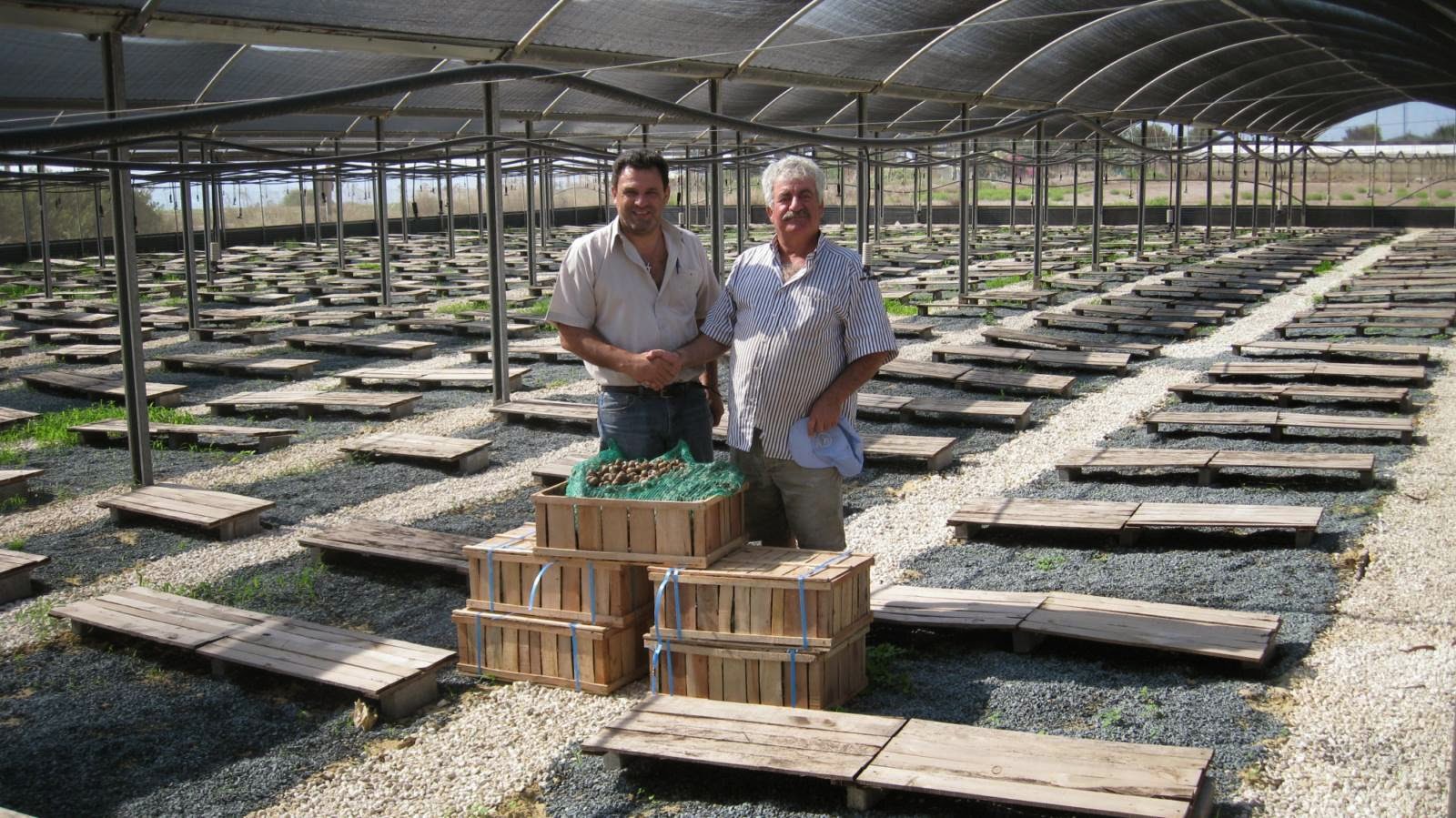The life cycle of all kinds of animals is
defined as the succession of one generation to the next generations through
reproduction.
In comparison to other land animals, snails’
reproduction procedure carries distinctive and unique patterns. Nonetheless,
the stages of reproduction are identical as to that of any other animal. The
procedure of reproduction comprises of different stages such as the mating
stage, the gestation stage, then the egg dropping and hatching periods and finally
the maturing period.
Snails are considered as sexually mature from
as early as six weeks to five years, according to what type of snail species
they are.
Land snails attract potential mates by
engaging in a diverse range of courting rituals. Snails tend to mate anywhere
from a few hours until half a day.
In contrast to other animals that make sounds
to court each other, snails are unable to hear so sounds are not used in their
courting rituals. Thus, they result in their sense of touch to court their mate.
They are known to swath their mate in mucus they produce from their bodies
before mating.
Surveys have shown that the mucus aids them
in performing better in the actual mating procedure. Once they have mated, the
snails go their separate ways.
It is noteworthy to mention that the body of
a snail consists of both female and male sex organs. Although, snails have the
urge to mate they do not fertilize. After the mating process both snails
engaged in the procedure give birth to eggs.
During the reproduction, the majority of
snails conceive approximately one hundred eggs. Certain species of snails are
able to conceive up to four hundred snails. The eggs are incredibly tiny.
Snails place their eggs in damp soil and cover them up. Snail eggs hatch and surface
after a month.
The majority of land snails mate on a regular
basis providing the habitat they are in allows them to survive. The snail eggs
are placed beneath the top layers of soil where it is damp and moist, and where
they are shaded and protected. Those seeking to view the eggs can simply dig
the surface of the soil and find them lying in the ground.
Even though snails produce hundreds of eggs,
only a number of these survive and reach maturity. The majority of eggs are
influenced by weather conditions, for instance in the occasion of rain the eggs
are washed away. Other factors influencing their birth are people who water
their yards and gardens, where again they are washed away by the water.
Further, predators may also hunt snail eggs.
When snails are born, their shell is tiny and
soft, putting them in danger and prone to predator attacks. Further, baby
snails are also very slow thus easily reached and attacked.
When baby snails emerge from their eggs, they
are in urgent need of calcium. Although they are born with shells, their shells
are fragile and soft. Calcium aids their shell to rapidly become harder and
offer them the protection they need from predators. Snails tend to eat the
actual egg that they hatched from, as it is full of calcium. As the snail
matures, their shell grows also. The shell they had when they came to life
remains with them as they grow.
Scientists determine the age of a snail by
counting the visible rings on their shell. Research has shown that snails live
a slow-paced life cycle. When a snail is fully-grown, its shell will create a
little lip where it is attached to the rest of its body. The lip is created
when a snail has reached its full size capacity.





